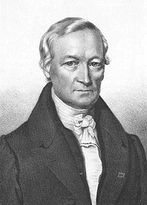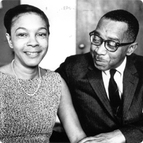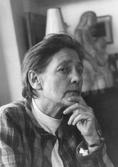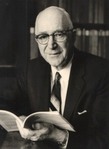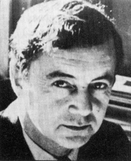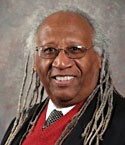|
Pioneer |
Areas of Research |
Seminal Works |
|
Tiedemann devoted himself to the study of natural science, and, upon moving to Paris, France, became an ardent follower of Georges Cuvier. On his return to Germany he maintained the claims of patient and sober anatomical research against the prevalent speculations of the school of Lorenz Oken, whose foremost antagonist he was long reckoned. His remarkable studies of the development of the human brain, as correlated with his father's studies on the development of intelligence, deserve mention.
Tiedemann was one of the first persons to make a scientific contestation of racism, in his article entitled "On the Brain of the Negro, compared with that of the European and the Orang-outang" (1836) he argued based on craniometric and brain measures taken by him from Europeans and black men from different parts of the world that the then-common European belief that Negroes have smaller brains and are thus intellectually inferior is scientifically unfounded and based merely on the prejudice of travelers and explorers. |
Tiedemann, Friedrich (1836). "On the Brain of the Negro, compared with that of the european and the orang-outang". Phil. Trans 126.
|
|
William Graham Sumner
1840-1910 Early sociologist |
|
|
|
|
Ruth Horrowiez
|
|
|
Kenneth Clark
1914–2005 Mamie Clark 1917–83 |
|
|
Marie Jahoda
(1907-2001) |
|
|
Gordon Willard Allport
(1897 –1967) |
|
|
|
|
|
Joel Kovel
(Born 1936) Psychiatrist Social critic Eco-activist |
|
Recent Research
|
Howard J. Ehrlich
|
|
|
Phyllis A. Katz
|
|
|
Frances Aboud
Developmental social psychologist |
|
|
|
Goldberg and Hodes
|
|
|
William A. Spriggs
|
|
|
Sami Timimi, M.D.
|
|
|
Howard Fishbein
University of Cincinnati |
|
|
|
J. M. Casas
|
|
|
Ponterotto
Utsey Pedersen 2006 |
|
|
Fein and Spencer
1997 |
|
|
John Duckitt
1998: |
|
|
Werner Bohleber
|
|
|
C. Daniel Batson
E. L. Stocks |
|

